
“Send robots, not humans.” This mantra, spoken by Ukrainian business leaders, was more than a slogan, but now it’s a war doctrine. In the Black Sea, where for over three centuries warships with humans had reigned, naval combat has been rewritten by unmanned surface vessels.
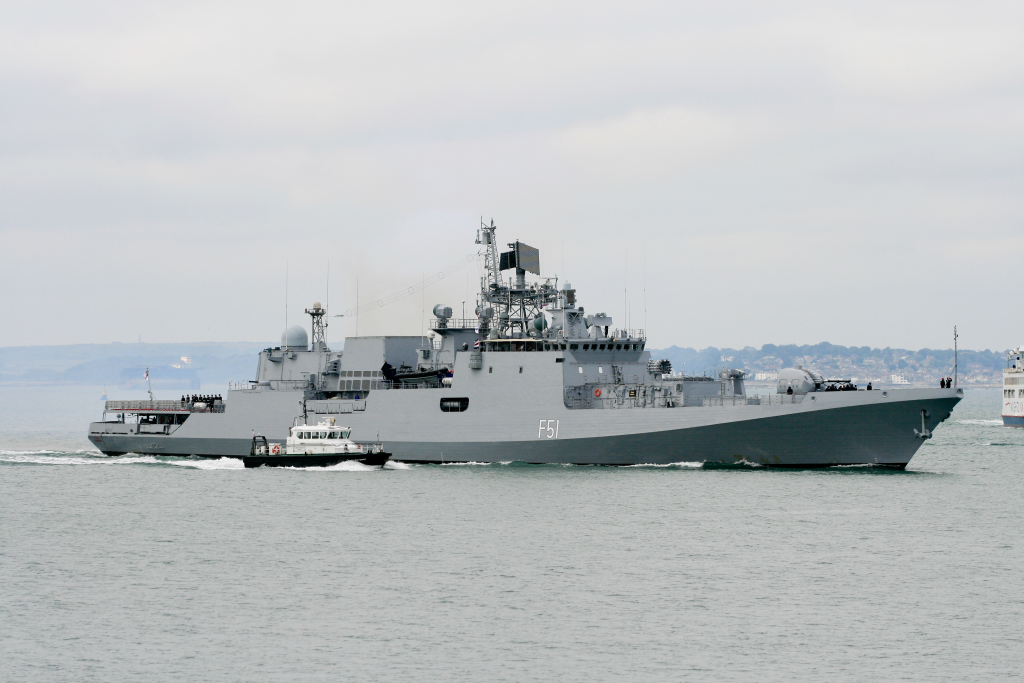
Ukraine’s latest display of its ‘Sea Baby’ drones shows just how far this development has come. With automated machine gun mounts, Grad rocket pods, and a whole range of other advanced systems, such platforms are weapons of war, yes, but also symbols of an asymmetric doctrine that’s sent a major world navy packing. Below, a list of some of most spectacular upgrades and capabilities that are giving life to this next-generation maritime drones.
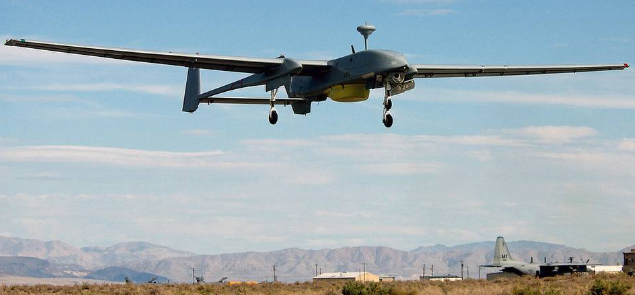
1. Expanded Range and Heavy Payload Capability
New Sea Baby variants come with more than a 1,500-kilometer range, a considerable boost over its previous counterparts’ 1,000 km range capabilities. Such increased range allows for launching from widely separated coastal nodes, which will render countering its reconnaissance hard for adversaries. Its payload also measures up to 2,000 kg, with capacities for larger warheads or mission kits of varied nature, for example, explosives or sensors. New propulsion, as well as sophisticated navigation set, allow for high-speed passages as well as for delicate maneuverings in hostile waters.
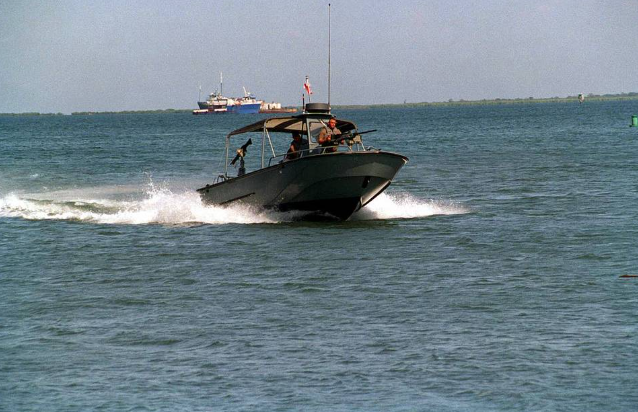
2. Gyro-stabilised Automated Machine Gun
One of its variants carries a Tavria 14.5 remote weapon station, a gyro-stabilized heavy machine gun with automation for acquisition, search, and recognition. It may engage small boats as well as slow, low air threats at ranges over a kilometer, with point-defense during approach or retraction. Gyro stabilization offers accurate fire from a moving platform, and integrated electric-optical sensors offer day- as well as night-detection out to five kilometers.
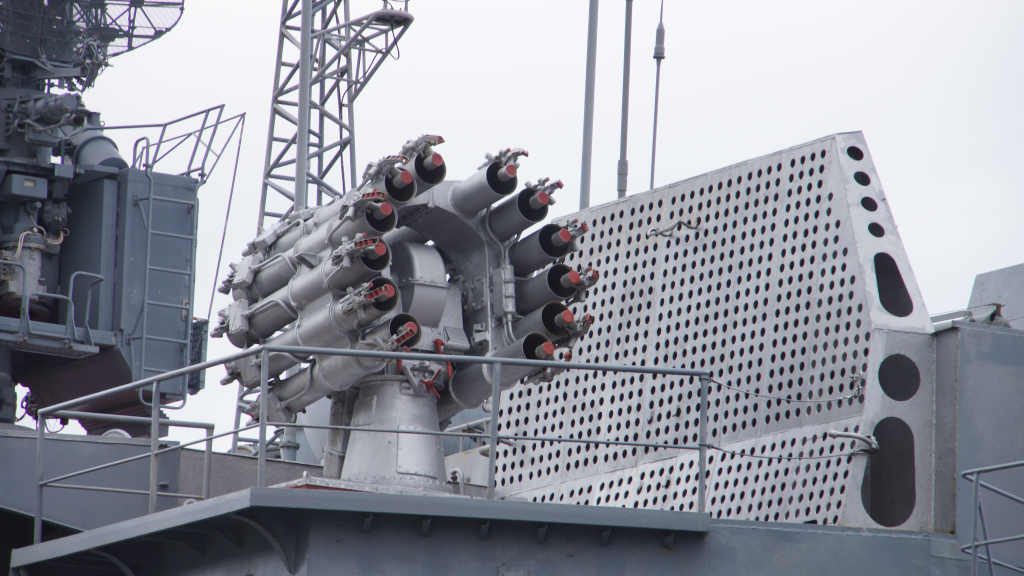
3. Sea-based Grad Multiple Rocket Launcher
The second loadout transports a ten-tubeGrad-class launcher, which was modified for sea service. Sea-carriedGrad missiles will suffer loss of accuracy withplatformmotion, but they will possess stand-offcapability to strike beach targets out ofclosing todetonation range. This configuration was used attacking Russian troops onthe Kinburn Spit, which brought area-effect fire to coastal combat.
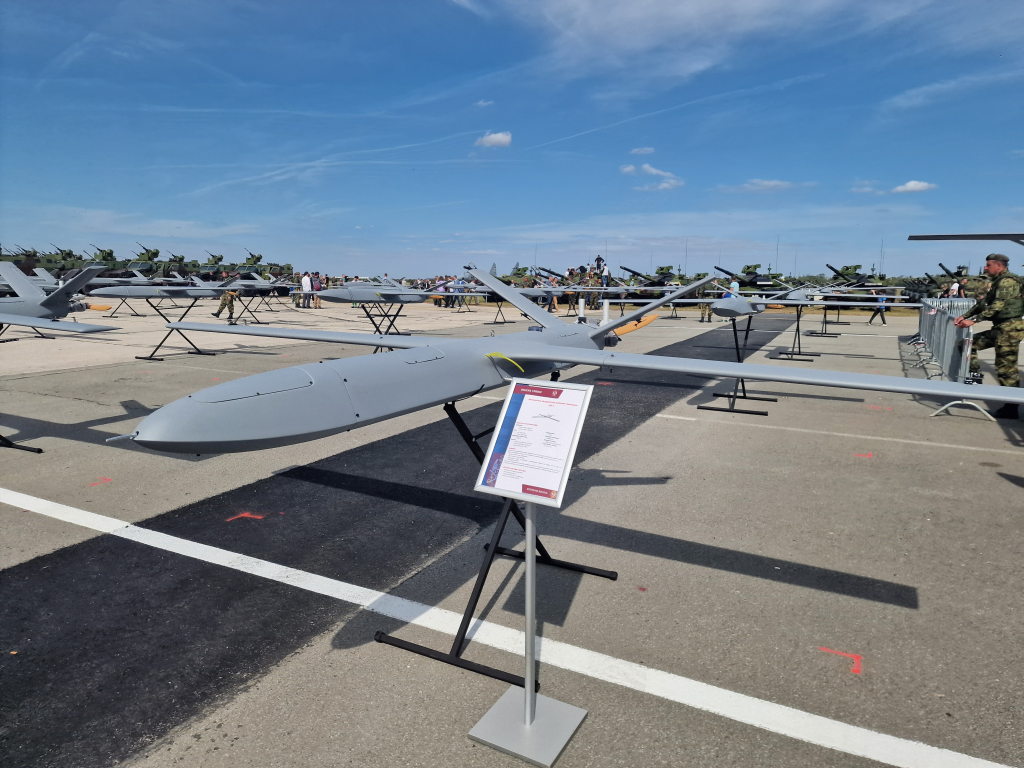
4. Modular, Multi-Mission Design
Both variants possess a standard hull with interchangeable mounting trusses, facilitating rapid changes between weapon packages. This modularity decreases preparation time as well as upgrade time, enabling operators to customize drones for kamikaze, point defense, or shore bombardment duties. This methodology embodies a spiral development concept—the constant evolution to react to new threats as well as opportunities.

5. Integration of FPV Drone Launch Capability
There now exist some Sea Baby variants, which come with pods for expeditionary launching of small FPV air drones. They are capable of doing reconnaissance, damage assessment, or strikes with pinpoint accuracy at terrestrial targets. With sea mobility coupled with air reach, Ukraine literally has a deployable drone carrier, with force projection ashore from sea approaches capability.
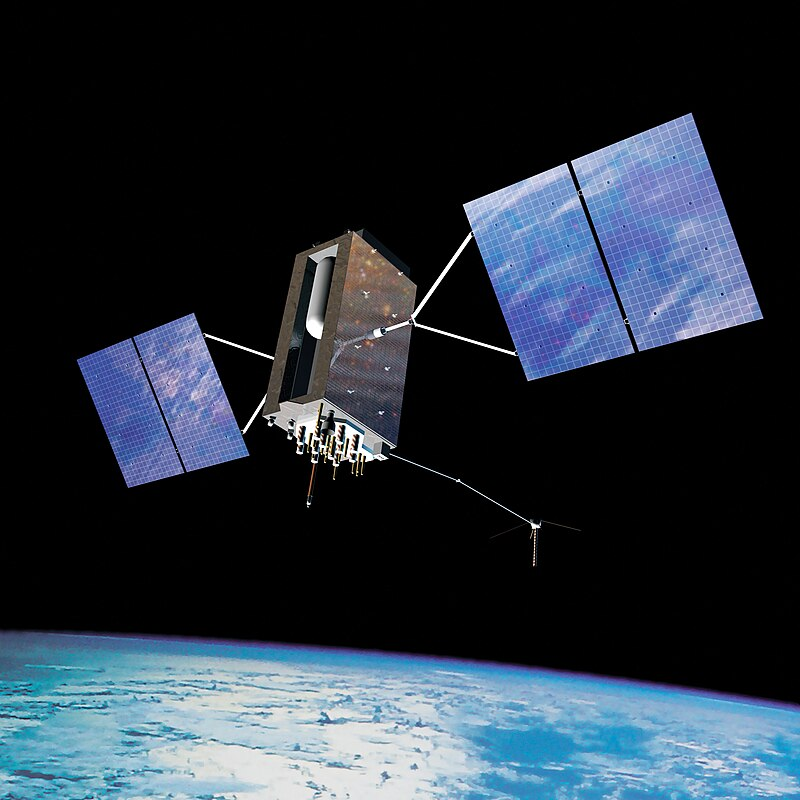
6. AI-Driven Targeting and Surveillance
These upgrades include AI-enhanced friend-or-foe identification, multi-level self-destruction to evade capture, and GNSS/inertial navigation upgrades. Such upgrades facilitate high-tech missions at extended ranges with a minimum chance of being intercepted. All this also facilitates interfacing with other unmanned platforms, allowing flexibility during mission execution.

7. Effect on Black Sea Operations
The Sea Baby mission has sunk or scuttled several dozen of Russia’s ships, requiring the Black Sea Fleet to relocate its base from Sevastopol to Novorossiysk. As SBU chief Lt. Gen. Vasyl Malyuk noted, “Our drones reversed the balance of power in the Black Sea and proved their effectiveness.” Such operations are being studied with great interest at NATO, as cheap USVs might shut down expensive warships and rewrite sea tactics.
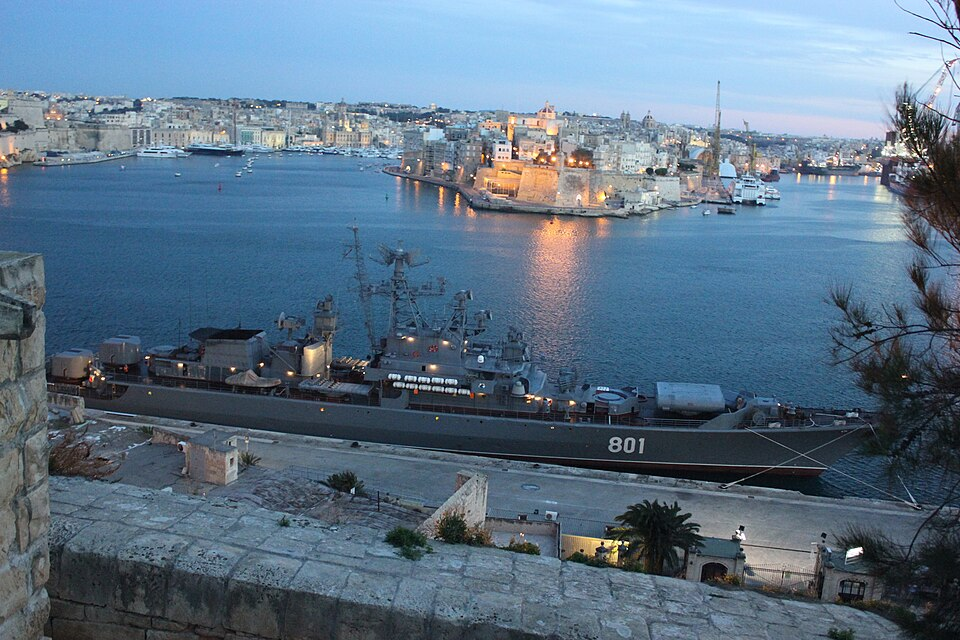
Sea Baby upgrades at Ukraine are not evolutionary, they represent a maturity of an unmanned maritime warfare doctrine. With a combination of long range, modular payloads, and autonomous platforms, Kyiv has created a fleet that turns faster than its enemy. In the narrow, contested waters of the Black Sea, that speed may provide its side with that decisive edge, with ramifications for future naval wars in which innovation, but not necessarily tonnage, dictates victory.

